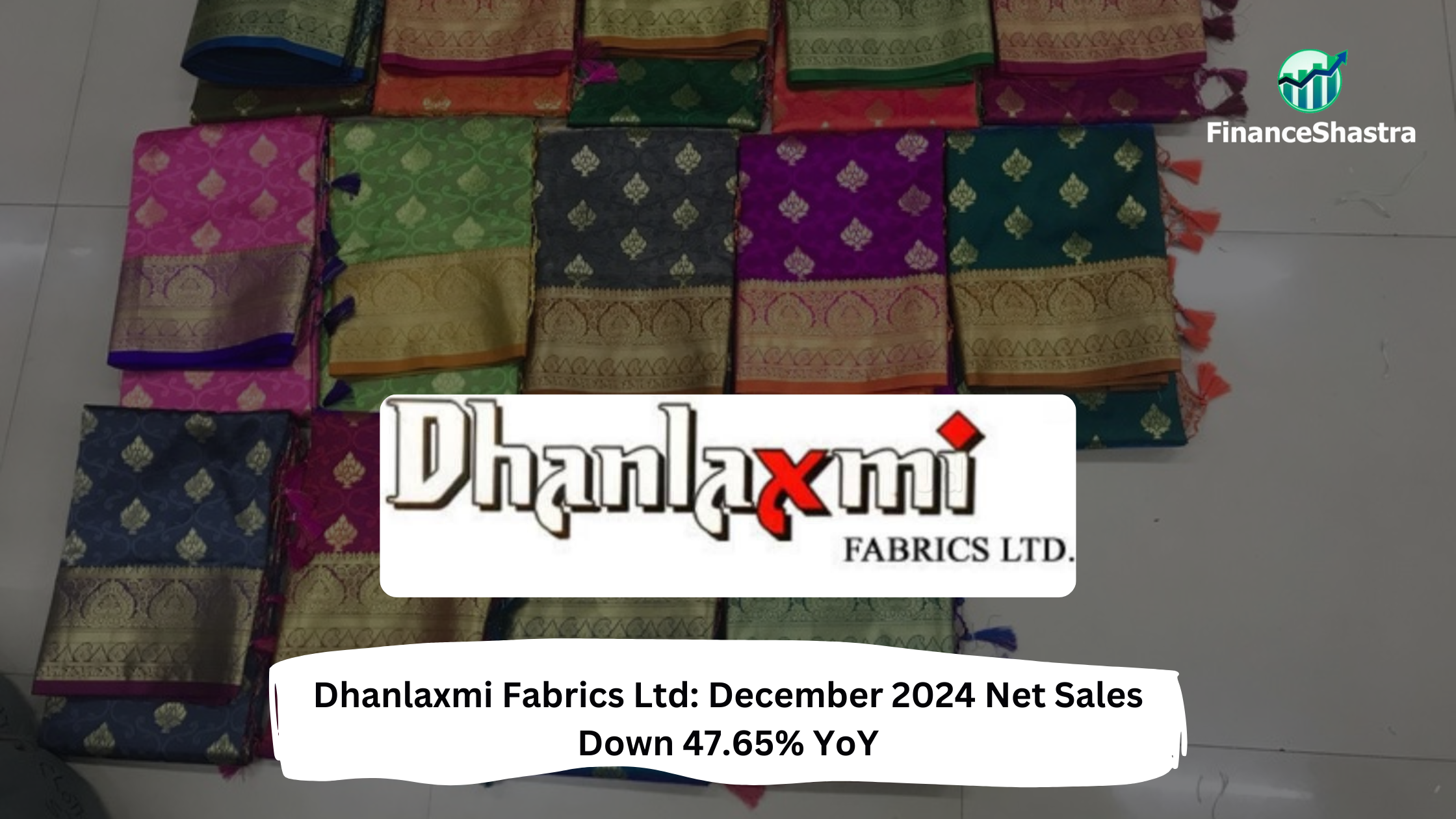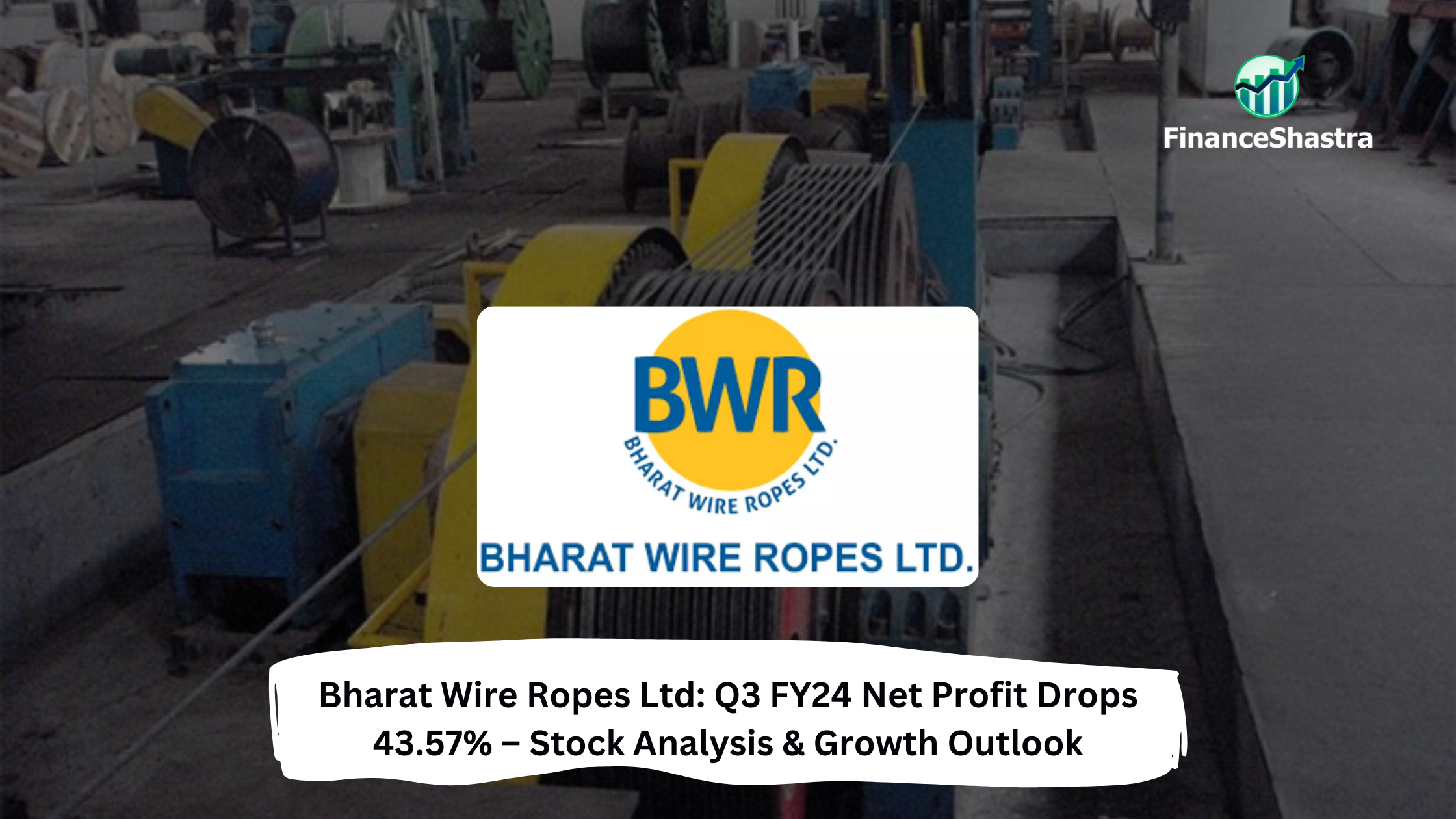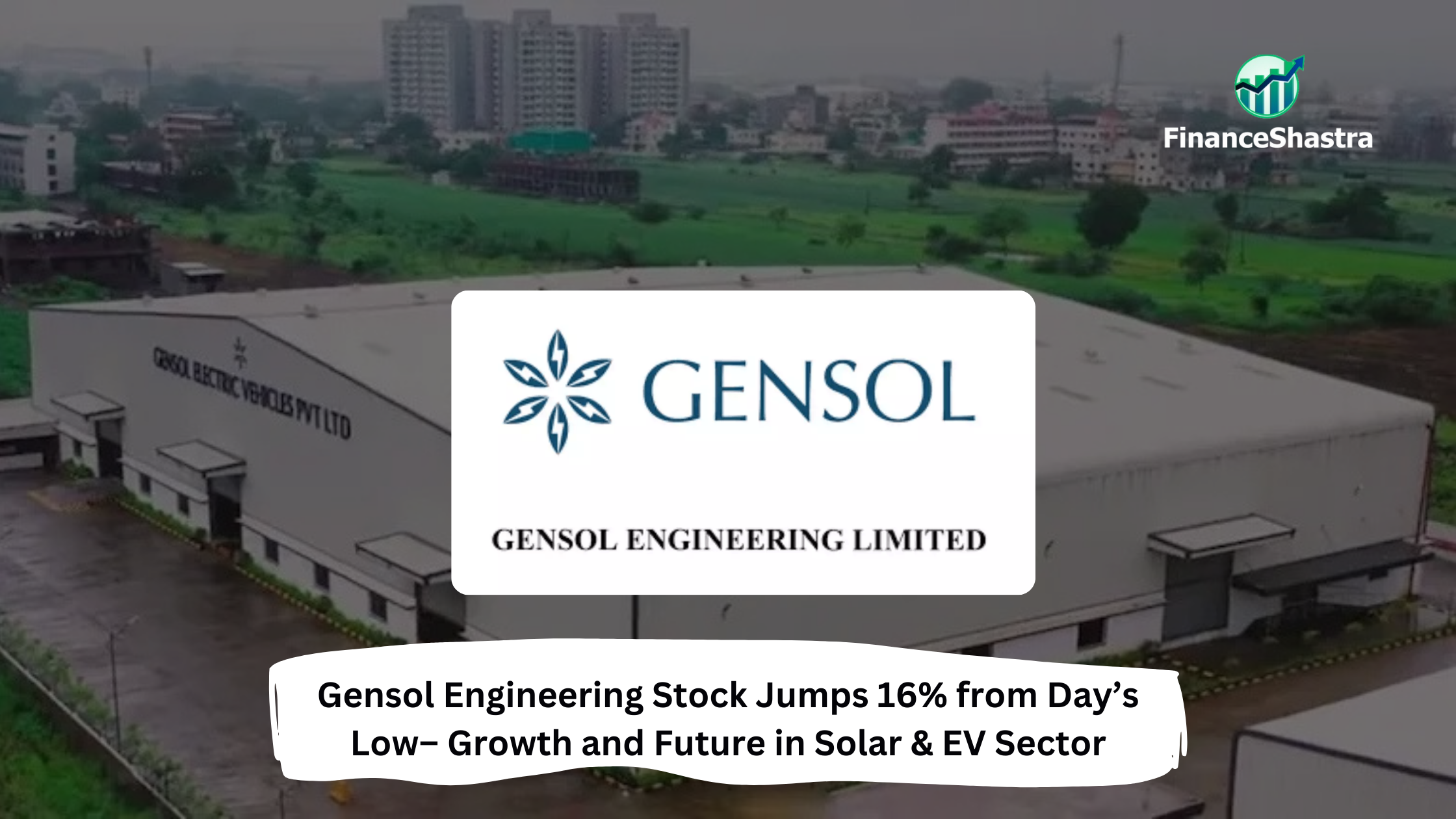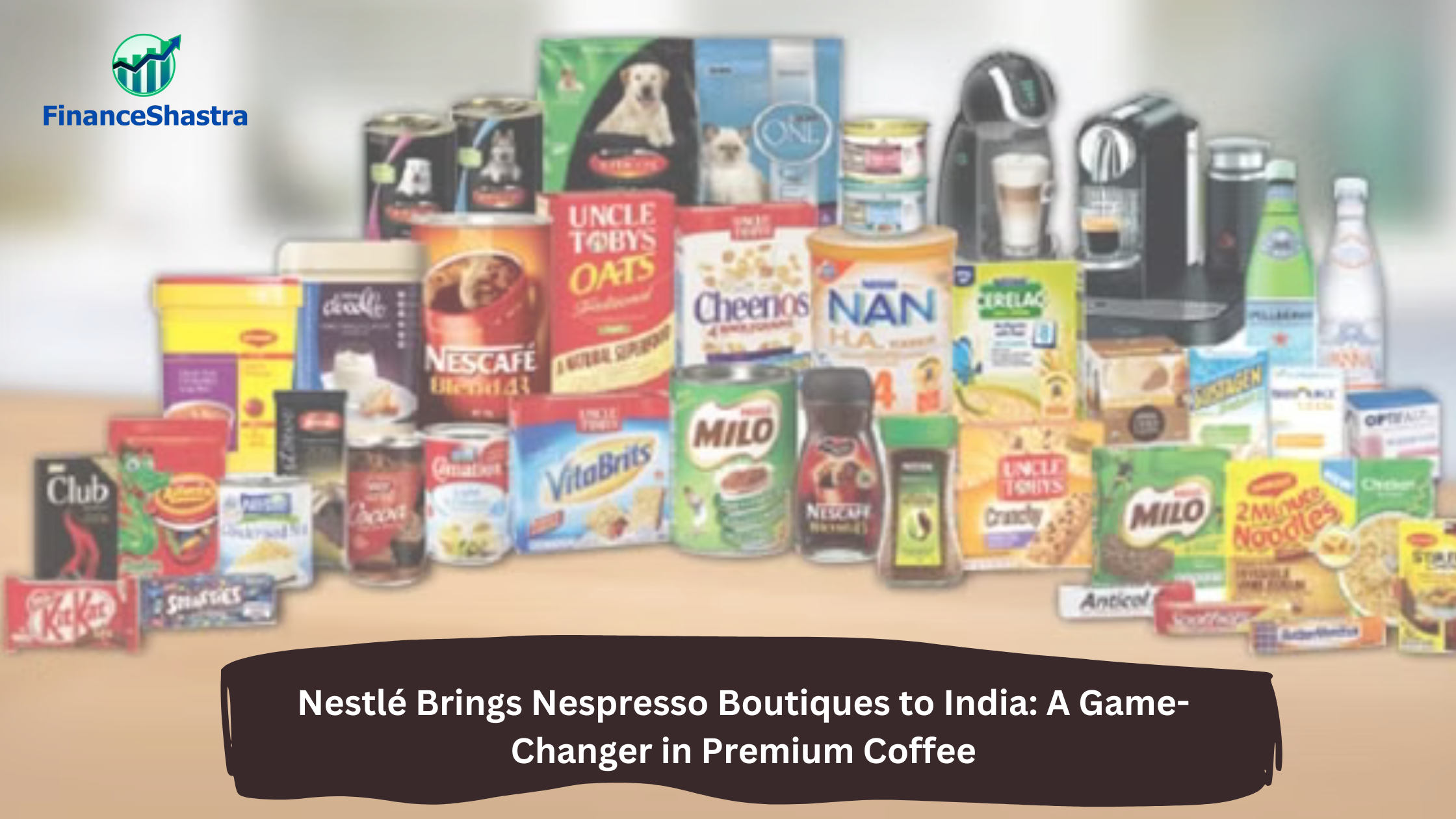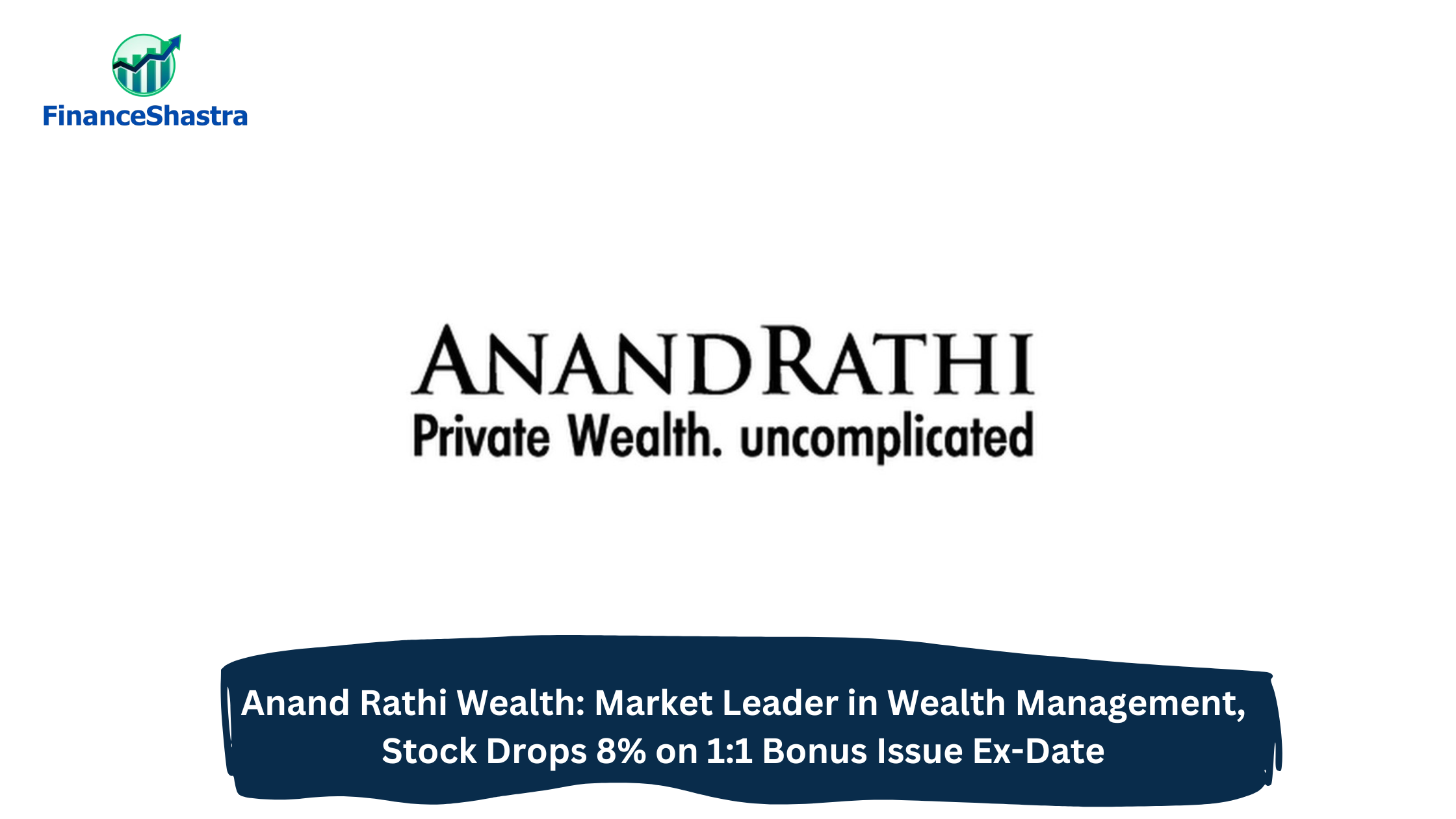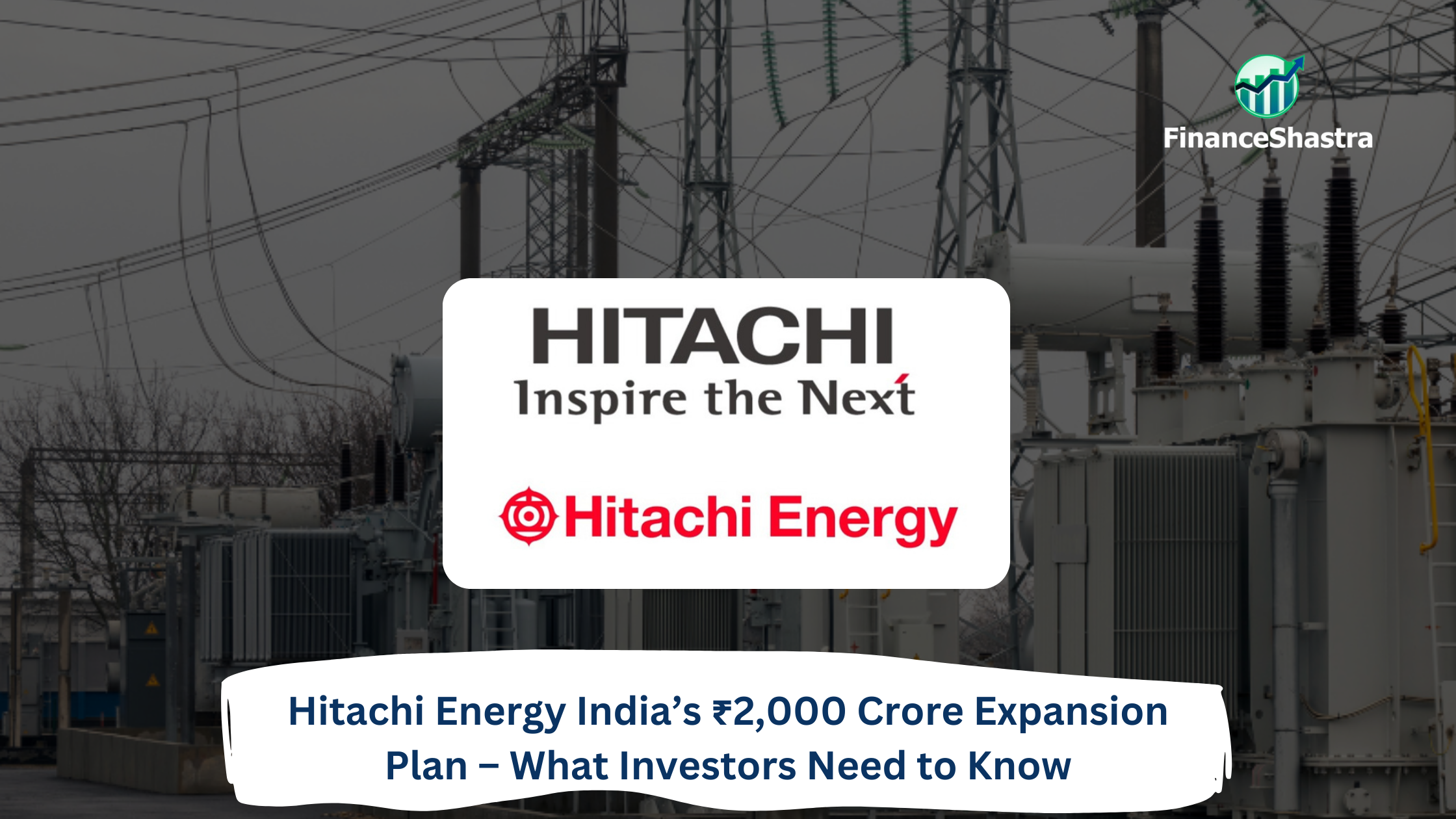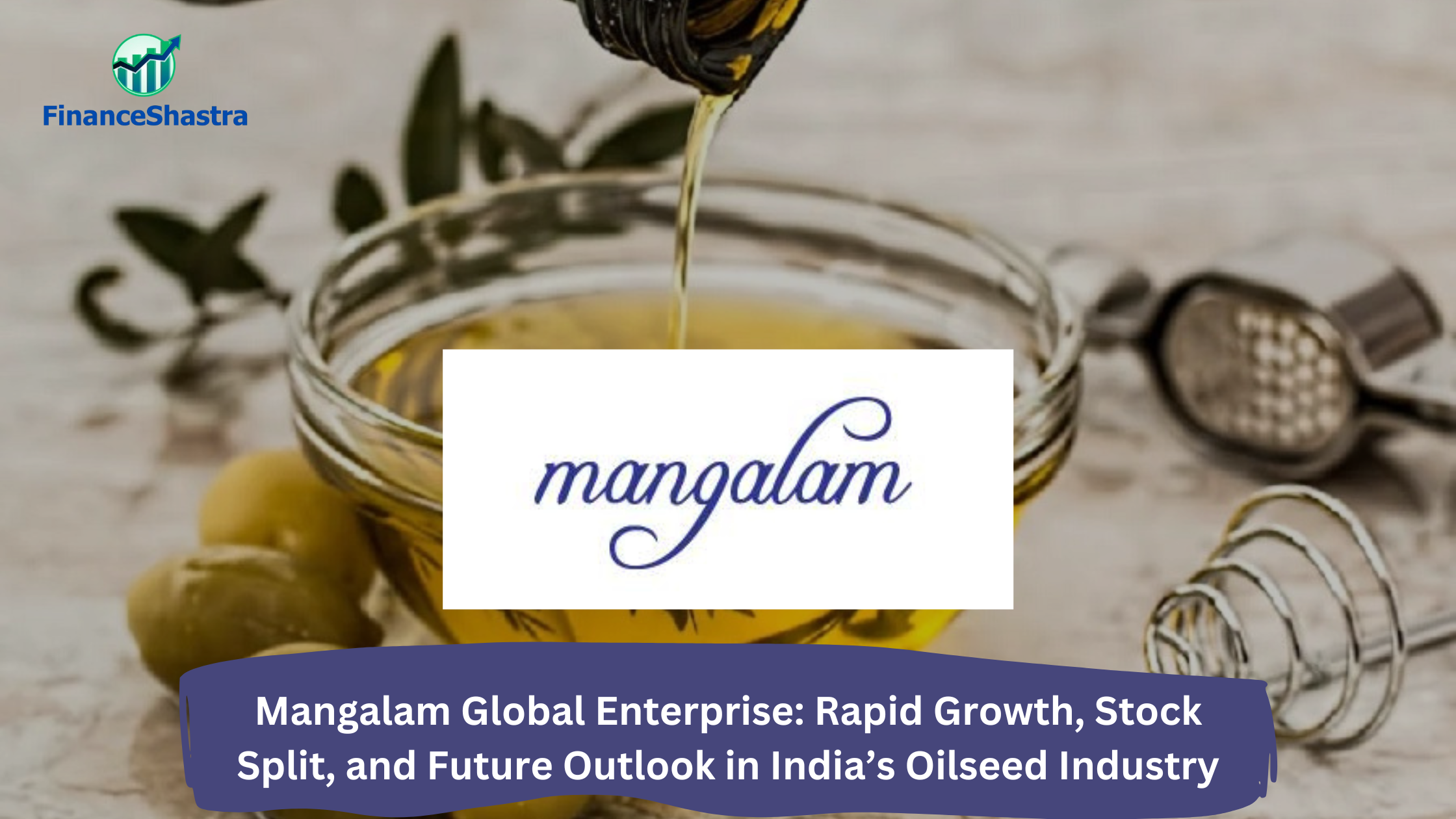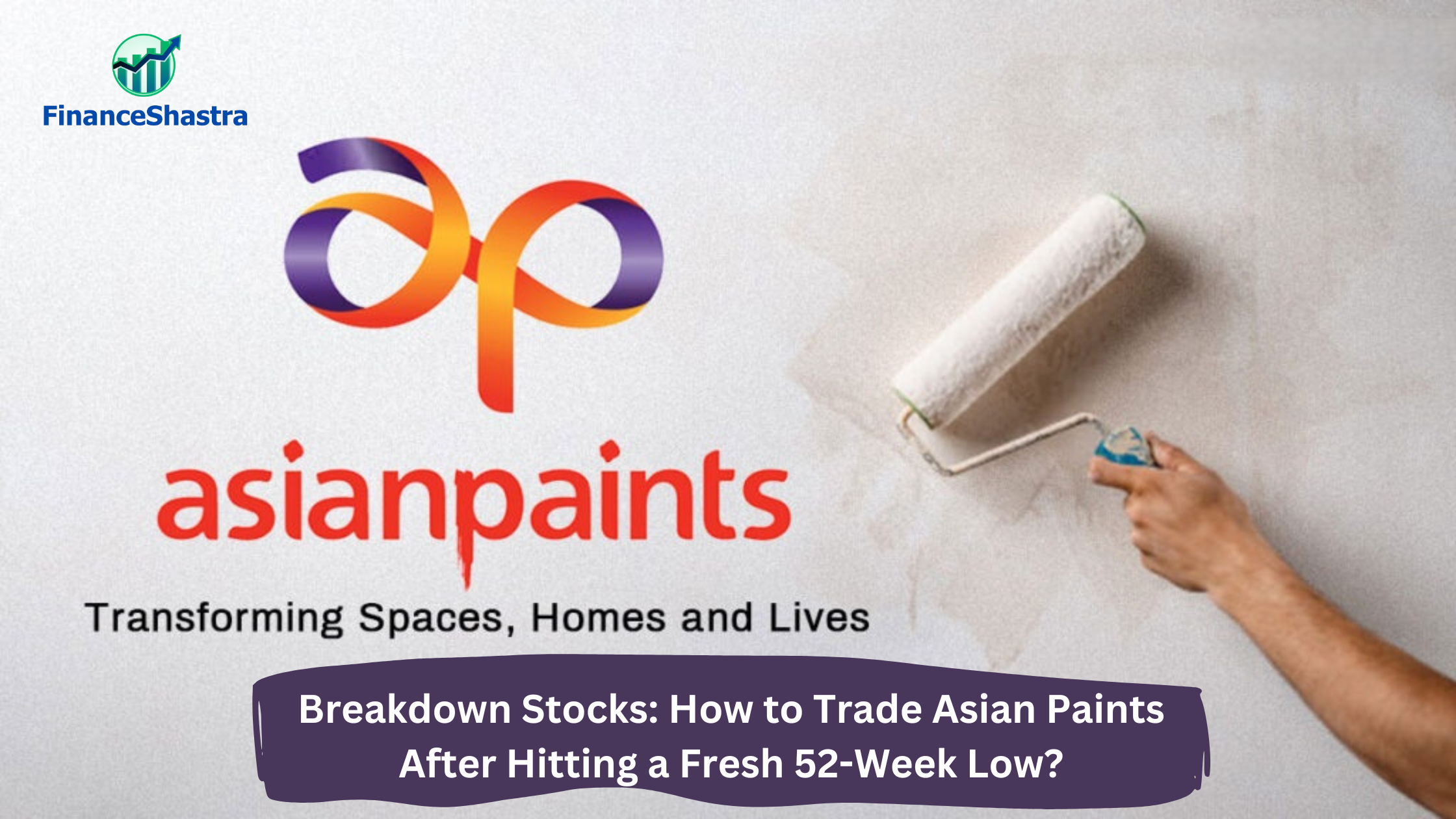Garware Hi-Tech Films Ltd: Unveils New Automotive Care Products with Insurance & Finance Schemes
Business and Industry Overview:
Garware Hi-Tech Films Limited (GHFL) is an Indian company that makes high-quality polyester films for various uses. It was founded in 1957 and sells its products in over 90 countries. The company manufactures sun control window films, paint protection films (PPF), polyester (BOPET) films, and architectural films. These films help block heat, protect cars from scratches, and are used in packaging and construction. GHFL has a factory in Maharashtra, where it makes its raw materials and uses special technology to produce high-quality films. It is the only company in India that manufactures PPF. GHFL has over 350 dealer outlets worldwide and has won awards for exporting polyester films. In 2025, it launched new car protection and glass films and partnered with Bajaj Finance and insurance companies to make PPF more accessible. The company continues to grow with new products, strong global sales, and better technology. The Company is engaged in the business of manufacturing speciality performance polyester Films like Sun Control window films used in Automobiles, Buildings, etc, Paint Protection Films used in automobiles, and a variety of other specialty polyester films such as PET Shrink films used for Label
applications, low-oligomer PET films used for insulation of hermetically sealed compressor motors, electric motor insulation and cable insulation, sequin application films, TV and LCD screen applications, packaging applications, etc. Also, it is the sole manufacturer of Solar Control window films in India and perhaps the only company in the world with backward integration for manufacturing its raw material and components for the manufacture of Solar Control window films. The company has established a wide customer base across 90+ countries, including regions such as the USA, Europe, Russia, the Far East, China, the Middle East, Africa, South America, Australia, and New Zealand.
The poly-film industry is expected to grow at 10 percent in the next 5 years in India. It is widely used in packaging, electronics, automobile films, architectural applications, yarn, specialities, industrial applications, thick films for insulation, and shrink labels.
application, and other industries. As the world is moving toward modernization and urbanization, it is expected to grow 5.6% in the next year, globally driven by the electrical and electronics sector, high-end display screens (OLED), and photovoltaic cells, the research report by Wood Mackenzie Chemicals said. It is projected to have a market size of US$55.4
billion by 2028, growing at a CAGR of 5.2%. This industry is recently been affected by the increase in crude oil, geopolitical tensions, and economic slowdown. This creates a breakdown in the supply chain and international trade. India and China are the key players in the polyfirm industry and are investing heavily in the industry. Garware Hi-Tech Films Ltd. holds a leading position with an estimated 70% market share in India’s market.
Latest Stock News:
Garware Hi-Tech Films Ltd. makes polyester and specialty films. The company is worth ₹9,790 crore in the stock market. Its share price is ₹4,214. The company earns₹1,677 crore in sales in FY24, up from₹1,438 crore in FY23. Profit is ₹311 crore. The company has zero debt, making it financially strong. The stock price has grown fast 45% per year in 10 years and 139% in the past year. The promoters own 60.73% of the company. Foreign investors are also buying, now holding 2.69%. However, the stock is expensive, trading at 4.39 times its book value. The company’s past three-year profit returns are also low, at 9.7%.
The company declared a dividend of Rs. 10 per equity share with a face value of Rs. 10/—each (100%) for the financial year ending March 31, 2024, amounting to Rs. 23.23 crore. The board also approved Shri S. B. Garware’s reappointment as Chairman and Managing Director of the Company.
Potentials:
Garware Hi-Tech Films Limited (GHFL) has many plans for the future. It is building a new factory in Maharashtra to make better protective films. The company is spending ₹118 crore on this project. It wants to make stronger paint protection films (PPF) and sun control films for cars and buildings. GHFL is also expanding its business in other countries. It plans to add more dealers and sell more products worldwide. The company is making eco-friendly films to protect the environment. It is also working with finance and insurance companies to help customers buy PPF at lower costs. GHFL wants to grow with new technology and better products. The company is aiming to continuously improve its position in the domestic and international markets. It is focusing on its R&D and marketing to launch new products and increase sales. Newly launched Titanium, Matt, Black and White Paint Protection Films are few to name.
Analyst Insights:
- Market capitalisation: ₹ 9,790 Cr.
- Current Price: ₹ 4,214
- 52-Week High/Low: ₹ 5,378 / 1,513
- P/E Ratio: 31.5
- Dividend Yield: 0.24 %
- Return on Capital Employed (ROCE): 14.0 %
- Return on Equity (ROE): 10.4 %
Garware Hi-Tech Films Ltd. has given high returns, rising 139% in the past year and maintaining a 45% average growth over the last 10 years. The company has no debt, which makes it financially stable. Its revenue increased from₹1,303 crore in FY22 to₹1,677 crore in FY23. The profit margin is 10.2%, and the return on equity is 12.5%—good but not outstanding. The stock price is high compared to its actual worth, as it trades 4.39 times above its book value. Some company insiders have sold shares, which may mean they think the stock is fully priced. The company has strong cash flow but operates in a cyclical industry, which means earnings can go up and down. Based on these points, long-term investors can hold the stock, while short-term investors may book some profits. Buying at this price is not advisable, and new investors should wait for a price drop or stronger profit growth before entering.


